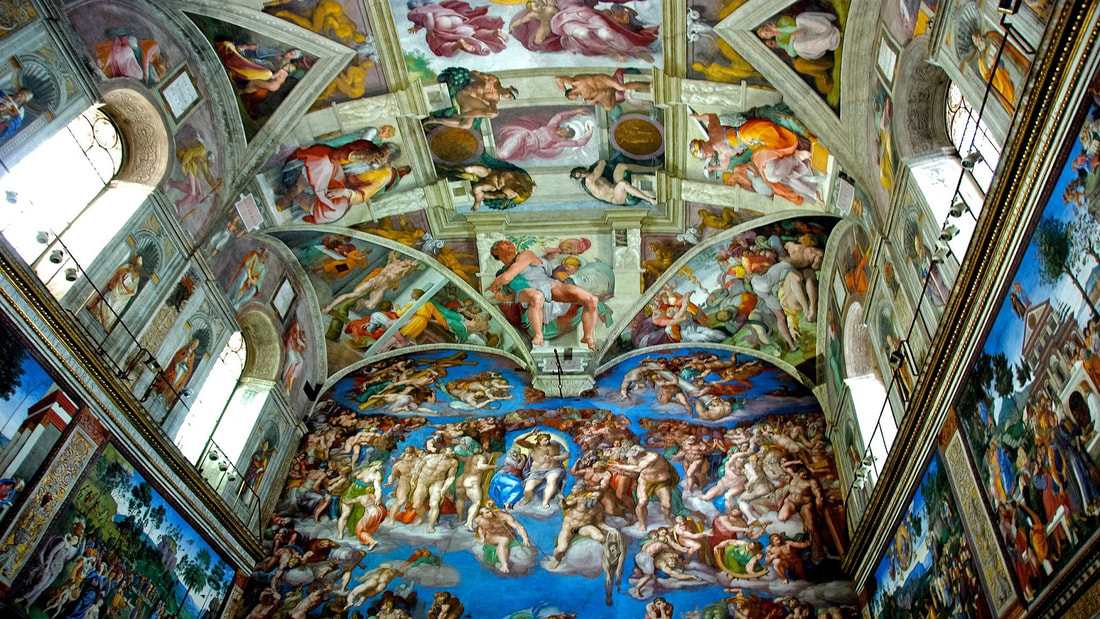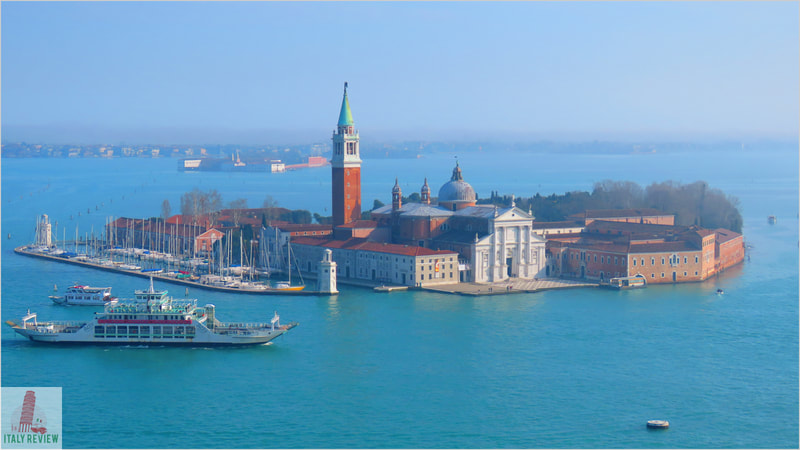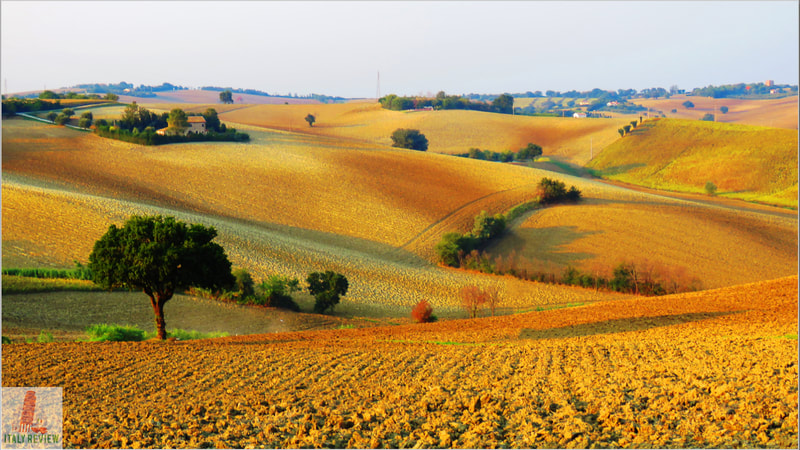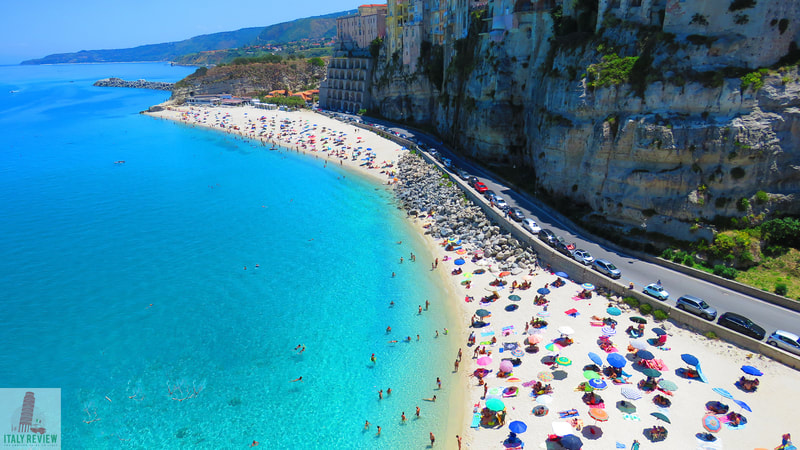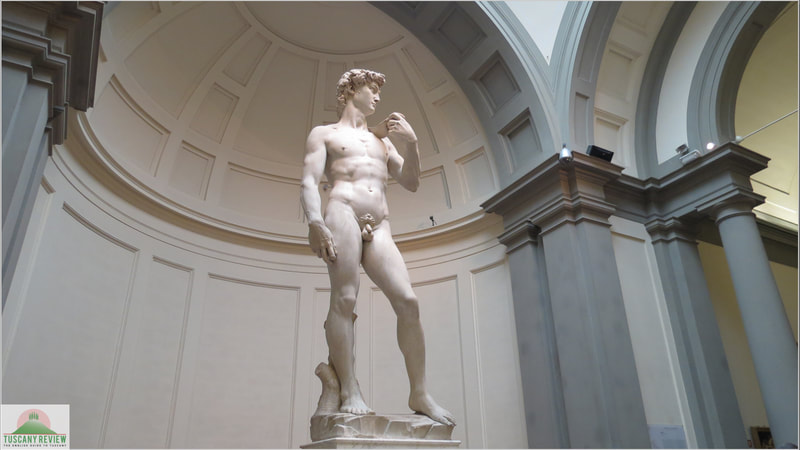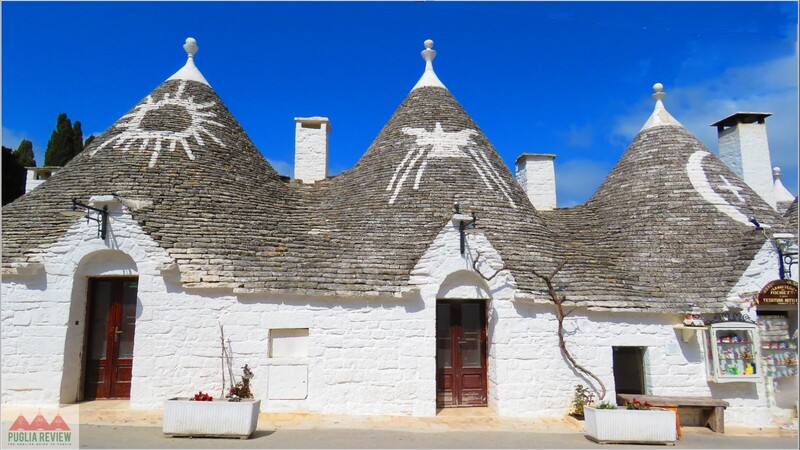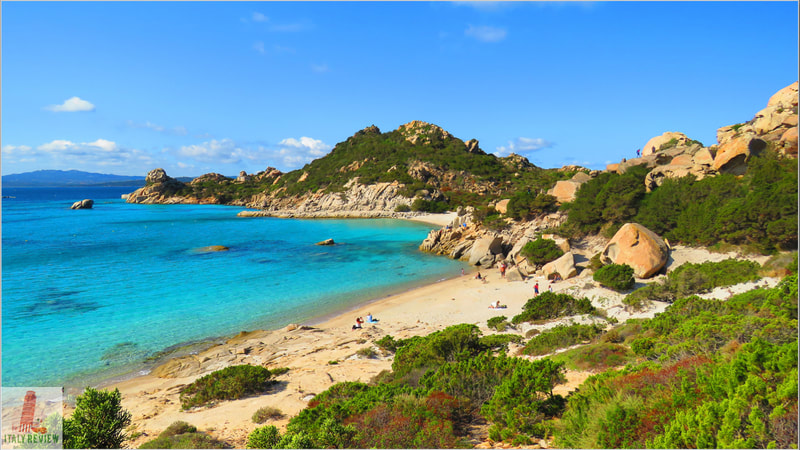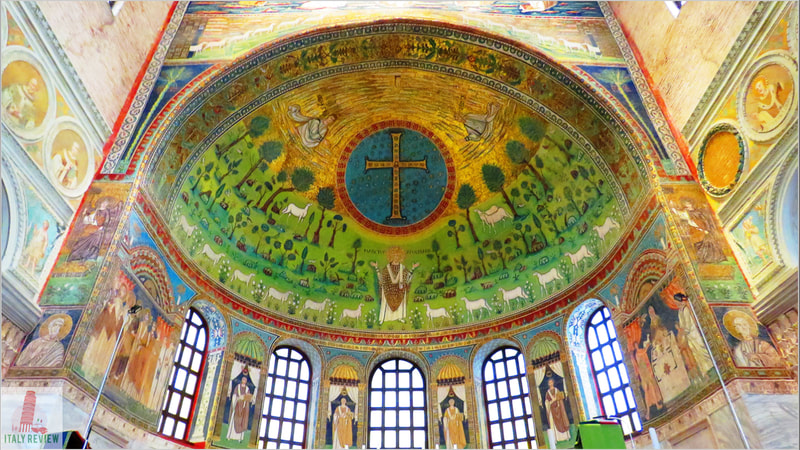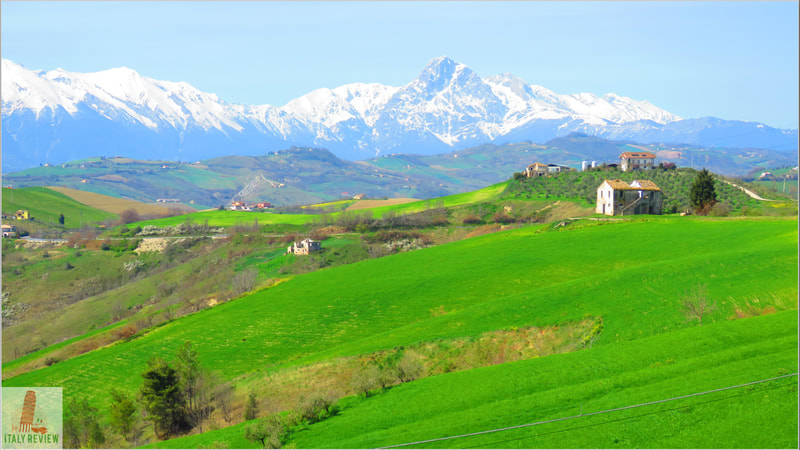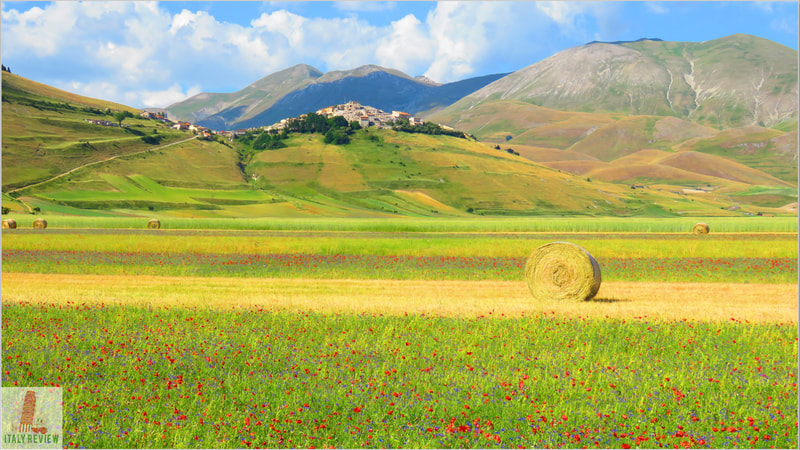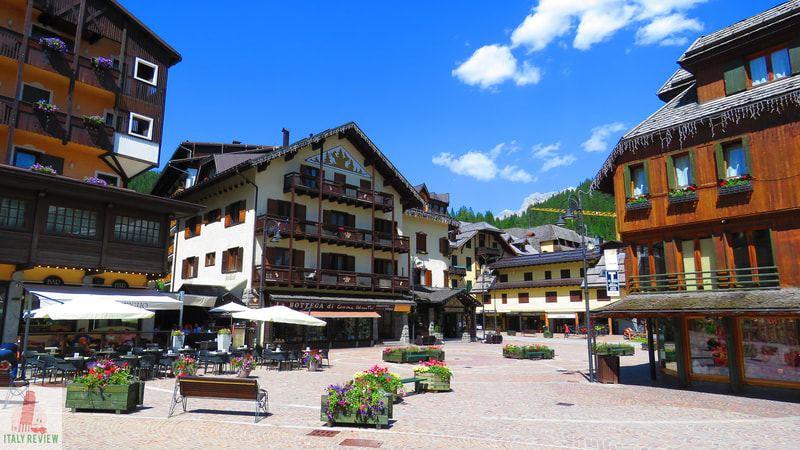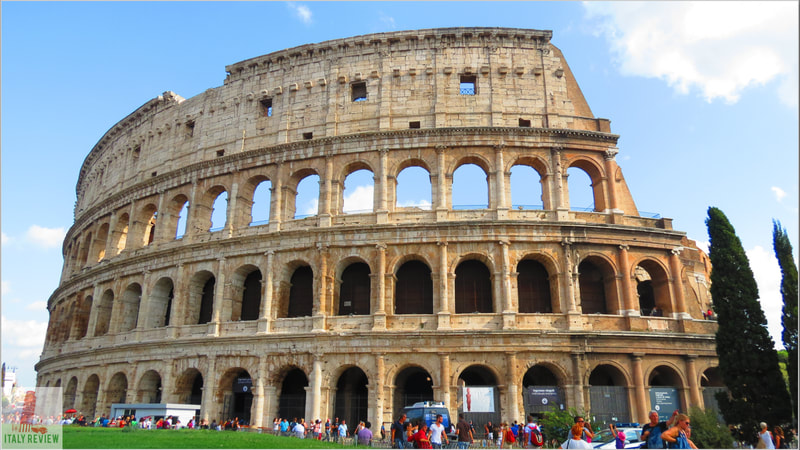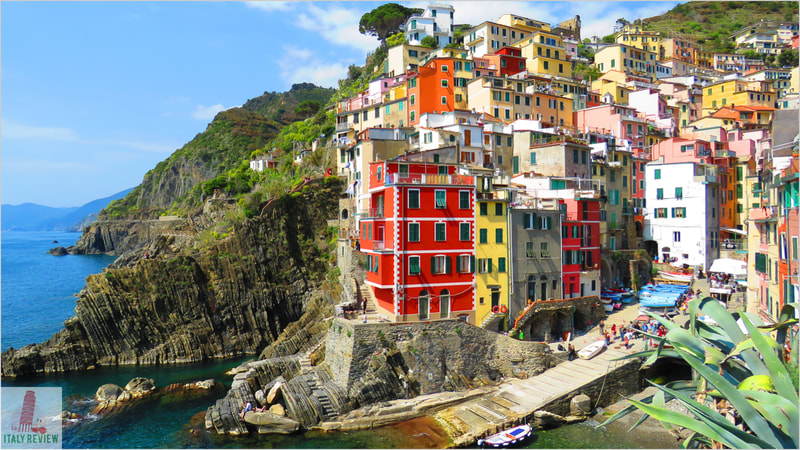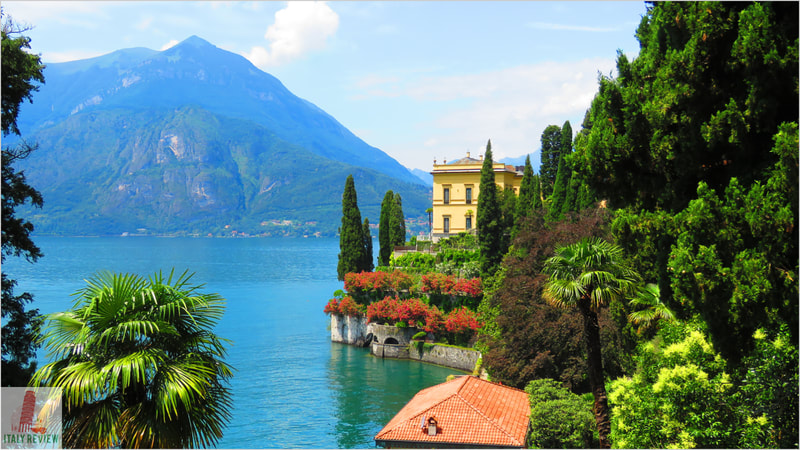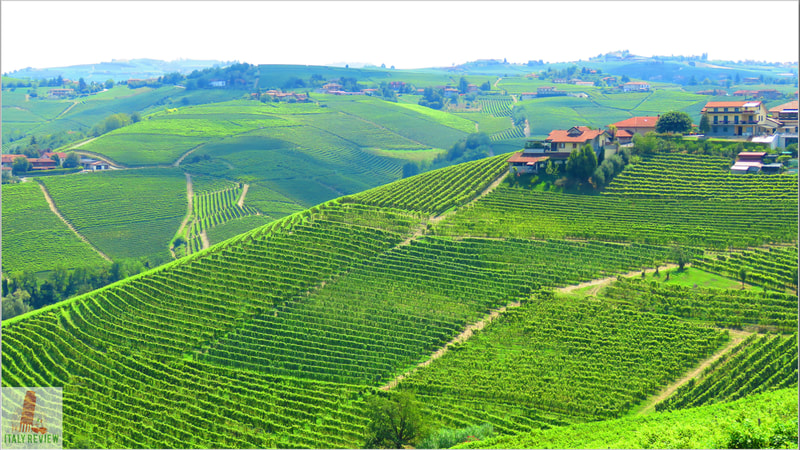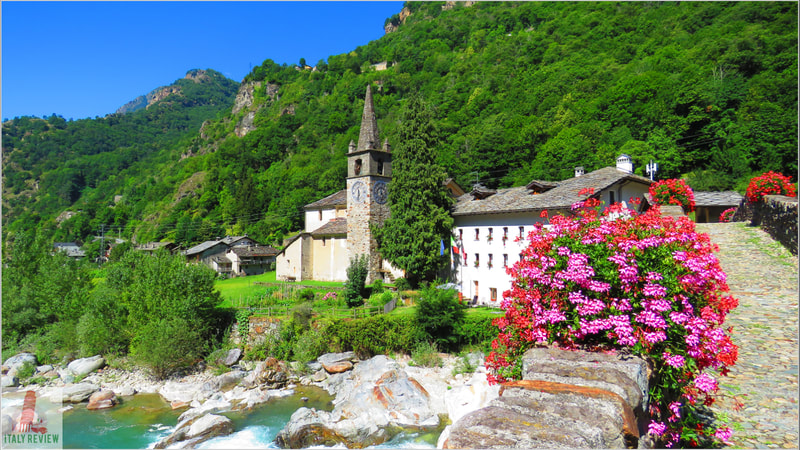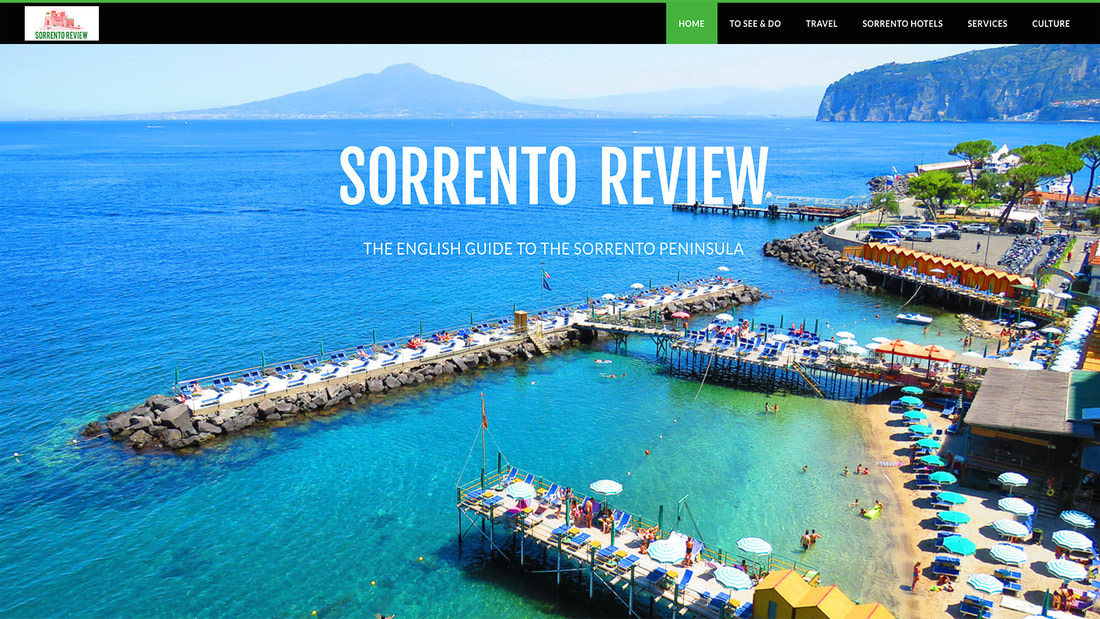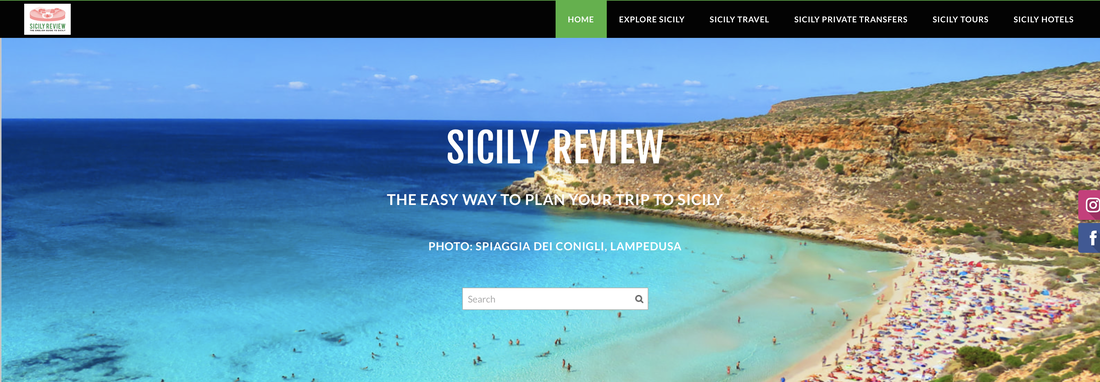Sistine Chapel
|
By Dion Protani
|
Latest update: 23 January 2024
|
|
The Sistine Chapel is a significant element of the Vatican City in Rome's UNESCO World Heritage listing. It's situated within the Apostolic Palace and is the place where the conclave takes place, the process by which a new Pope is elected.
Access to the chapel is via the Vatican Museums complex and its famous ceiling fresco, The Last Judgement by Michelangelo makes it one of the complex's most popular destinations. The Chapel takes its name from Pope Sixtus IV (Sistine being a derivative of Sixtus) who commissioned it in 1471 and later consecrated it in 1483. |
Related links
Profile
The Sistine Chapel, located within the Vatican City in Rome, Italy, is one of the most renowned cultural and religious landmarks in the world. It was commissioned by Pope Sixtus IV in the late 15th century and completed in 1481. The primary purpose of the chapel was to serve as a private place of worship for the Pope and a venue for important religious ceremonies and gatherings.
The most famous feature of the Sistine Chapel is its ceiling, which was painted by the great artist Michelangelo between 1508 and 1512. Michelangelo's masterpiece consists of nine scenes from the Book of Genesis, including the iconic "Creation of Adam" where the hands of God and Adam nearly touch.
Over the centuries, the Sistine Chapel has witnessed numerous papal elections (conclaves) and religious events. Its extraordinary artistic and architectural significance has made it a UNESCO World Heritage Site and a symbol of Western art and culture.
The most famous feature of the Sistine Chapel is its ceiling, which was painted by the great artist Michelangelo between 1508 and 1512. Michelangelo's masterpiece consists of nine scenes from the Book of Genesis, including the iconic "Creation of Adam" where the hands of God and Adam nearly touch.
Over the centuries, the Sistine Chapel has witnessed numerous papal elections (conclaves) and religious events. Its extraordinary artistic and architectural significance has made it a UNESCO World Heritage Site and a symbol of Western art and culture.
Key features
The Sistine Chapel is a prime example of Renaissance architecture. It is a rectangular-shaped building with a length of about 40 meters, a width of 13 meters, and a height of around 20 meters. The walls are adorned with frescoes depicting scenes from the lives of Jesus Christ and Moses, painted by various Renaissance artists, including Botticelli, Perugino, and Rosselli.
The chapel's most remarkable feature is undoubtedly the ceiling, which spans over 500 square meters. Michelangelo's frescoes on the ceiling represent the pinnacle of High Renaissance art, showcasing his mastery of anatomy, composition, and use of light and shadow.
The chapel's most remarkable feature is undoubtedly the ceiling, which spans over 500 square meters. Michelangelo's frescoes on the ceiling represent the pinnacle of High Renaissance art, showcasing his mastery of anatomy, composition, and use of light and shadow.
Visitor information
- Visiting Hours: The Sistine Chapel is part of the Vatican Museums complex, and its visiting hours are subject to change. It is typically open from Monday to Saturday, with extended hours on certain days.
- However, the chapel is closed on Sundays and religious holidays. It is advisable to check the official Vatican Museums website for the most up-to-date information on opening hours and ticketing.
- Entry Fee: Access to the Sistine Chapel is included in the ticket for the Vatican Museums. Due to its popularity, it's highly recommended to book tickets in advance to avoid long queues.
- Dress Code: As the Sistine Chapel is part of a sacred place, visitors are required to dress modestly. Both men and women should cover their shoulders and knees.
- Silence and Photography: While visiting the Sistine Chapel, silence is encouraged as it is still an active place of worship. Photography is strictly prohibited inside the chapel to preserve the frescoes.
- Guided Tours: Guided tours are available for visitors who want to have a deeper understanding of the history and significance of the Sistine Chapel and its artworks.
Cappella Sistina
|
Location: Vatican City
City: Rome Province: Metropolitan City of Rome Region: Lazio Consecrated: 1483 Architectural style: Renaissance Nearest Metro stop: Ottaviano - Line A - 850 m - 10 minute walk Fly to: Rome Fiumicino Airport - 25 minutes by car (28 km) Close by: St Peter's Basilica, Vatican Museums, Piazza San Pietro Recommended accommodation: Hotel Artemide |
UNESCO World Heritage Inscription: Vatican City (1984)

